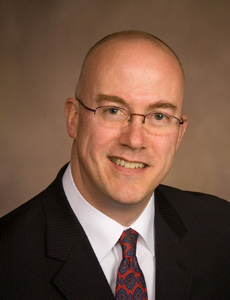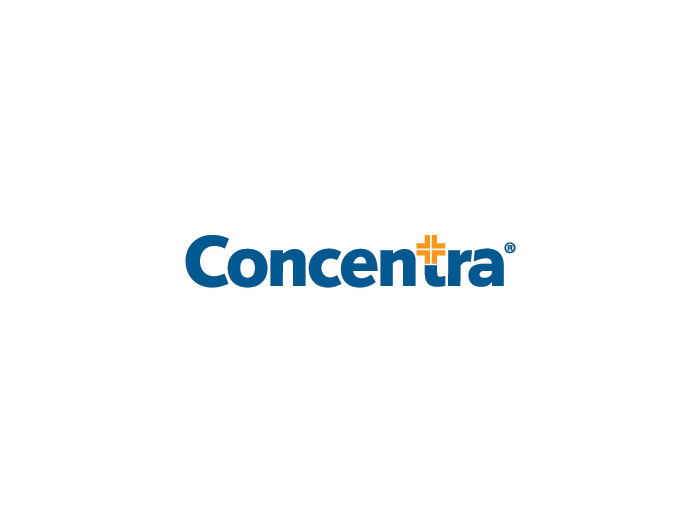Captives
5 Key Takeaways from the VCIA Conference

The Vermont Captive Insurance Association wrapped up its annual conference in Burlington on August 9. If you couldn’t make it to beautiful Burlington for one of the better conferences this writer has ever attended, try to do so at some point. Vermont in August is something special and the conference content is always top-notch.
For those who didn’t make it, here are five key takeaways from VCIA based in large part on a conversation between myself and Ian Davis, Director of Financial Services for the state of Vermont. David Provost, the captive insurance regulator for Vermont, and Rob Walling, a principal and actuary with Pinnacle Actuarial Resources Inc., also contributed some ideas to this piece.
Talent — “The first thing that came to my mind while reflecting on this year’s VCIA conference would be the conversation around a talent shortage and whether or not that discussion should transition to a conversation around talent cultivation,” Davis said. While it is true that the industry still needs to work diligently to continue to attract and retain talent, business leaders should also be focusing on the cultivation and skills development of those professionals that exist in the industry today, Davis said.
“One of the things that really struck me at the VCIA conference was the concerted effort made through their Young Professionals Forum and their Young Professionals Development track to devote sessions and the time of industry leaders to help in the cultivation of talent in this industry,” he added.
“I think that talent cultivation happens through three ways: through exposure, through opportunity and through mentorship,” he said.
Davis said he saw a lot of younger insurance professionals at the VCIA conference this year, more than last year. He said attracting younger talent will continue to be important, but it’s also important to realize that the industry needs to bring that talent along at a much faster clip than previously. That means exposing younger talent to senior-level discussions and decision making processes so that they can get an idea of the tenor of those conversations and have the opportunity to learn from them.
“Where traditionally, you had professionals in the business with linear career paths and career trajectories, including advancement opportunities, today those opportunities are happening at an earlier and faster rate given the demographic realities facing the industry,” Davis said.
Innovation — “One of the beauties of captive insurance is that it is always at the forefront of innovation,” Davis said.
Rob Walling, a principal and consulting actuary with Pinnacle Actuarial Resources Inc., sat on an innovation panel at VCIA with Bob Gagliardi,the Vermont-based head of captive management and U.S. Fronting for AIG and Tim Herr, the secretary and risk management officer of the Recreation Risk Retention Group. The three discussed challenges facing those that work in an innovative industry or who are looking for innovative risk transfer and mitigation approaches.
“A lot of our discussion was about practical considerations that go into forming captives for innovative industries or providing innovative coverages,” Walling said.
For newer industries, say the growing cannabis industry or solar energy, there isn’t a lot of loss data to go on, which makes forming a captive to insure general liability or workers’ comp losses in those industries challenging. But Walling said data can be found from other, similar industries that can make the case for a captive in a newer one.
For example, tobacco shop or holistic medicine losses might be analagous to those experienced in a cannabis dispensary. Academic studies on the performance of Chinese-manufactured solar panels, or data on the losses experienced by a roofing company could be applied predictively to a solar energy operation, Walling said.
“One of the questions from the audience that caught me a little off guard had to do with selecting service providers,” Walling said.
Walling said it makes good sense for those considering whether to form a captive to talk to actuaries, attorneys and captive managers to get a better idea of whose professional abilities best align with your project.
“I thought in terms of getting useful information to the audience on selecting the right service providers that was useful,” Walling said.
The Simpsons — Yes, you read that correctly. Joel Cohen, the Emmy-award winning writer and producer for the long-running cartoon show The Simpsons, was the keynote speaker at this year’s VCIA conference.
For Davis, the persistence displayed by Cohen and his team of writers who have to come up with joke after joke, pitching hundreds of them to come up with the few dozen who make it into the show is analagous to the persistence needed by those who are going to innovate with captives.
“His perspective was to be a contrarian, to not settle on the first joke but to continue to push yourself further,” Davis said. Davis said Cohen also took a circuitous route to his role as a television writer. Persistence and the unique set of skills Cohen brings to his work from his real life experience can be effectively echoed by professionals in the captive insurance world, Davis said.
Hot Topics with David Provost — Each year, one of the most well-attended sessions at VCIA is the Hot Topics session with David Provost, the deputy commissioner, captive insurance with the State of Vermont. Provost said what topics are considered hot are picked by the audience. In this case, cannabis shot to the top of the list.
Provost noted with a bit of irony that he doesn’t consider cannabis to be “a hot topic at all,” because regulators in Vermont are cool to the idea of forming captives for the cannabis industry. Like many carriers, Vermont captive regulators are taking a hands-off approach to cannabis until such time that the Federal government finally bows to the will of the 50 states and removes marijuana from its list of dangerous Schedule 1 narcotics.
Vermont allows residents to possess an ounce of marijuana. If they grow their own, they can have two mature marijuana plants and four immature plants per housing unit; but there are no commercial cannabis operations in the state.
“The states are eventually going to overwhelm the federal government. You’re going to have to lead from behind at some point,” Provost said.
He said a far more relevant topic for regulators and captive owners in Vermont are the implications of the Base Erosion and Anti-Abuse Tax (or BEAT), part of the federal tax reform enacted on December 20, 2017. BEAT penalizes companies, including captives, that cede risks to entities in other countries in reinsurance arrangements.
Provost said Vermont legislators, known for their quick action in support of the insurance business, passed a law in May allowing for reinsurance operations to be established in the state.
Provost said Vermont financial services regulators were approached by companies seeking an onshore option and moved quickly to make that happen.
“We haven’t seen any formations yet,” Provost said.
High Turnout — “I am always struck by the quality and scale of the VCIA conference ” said Davis. Davis pointed out that VCIA this year was attended by nearly 1,100 people from 45 states and 11 countries. “The percentage of captive owners who attend the VCIA conference is unparalleled in the industry, and is what really makes this event and its content stand out,” he said.













